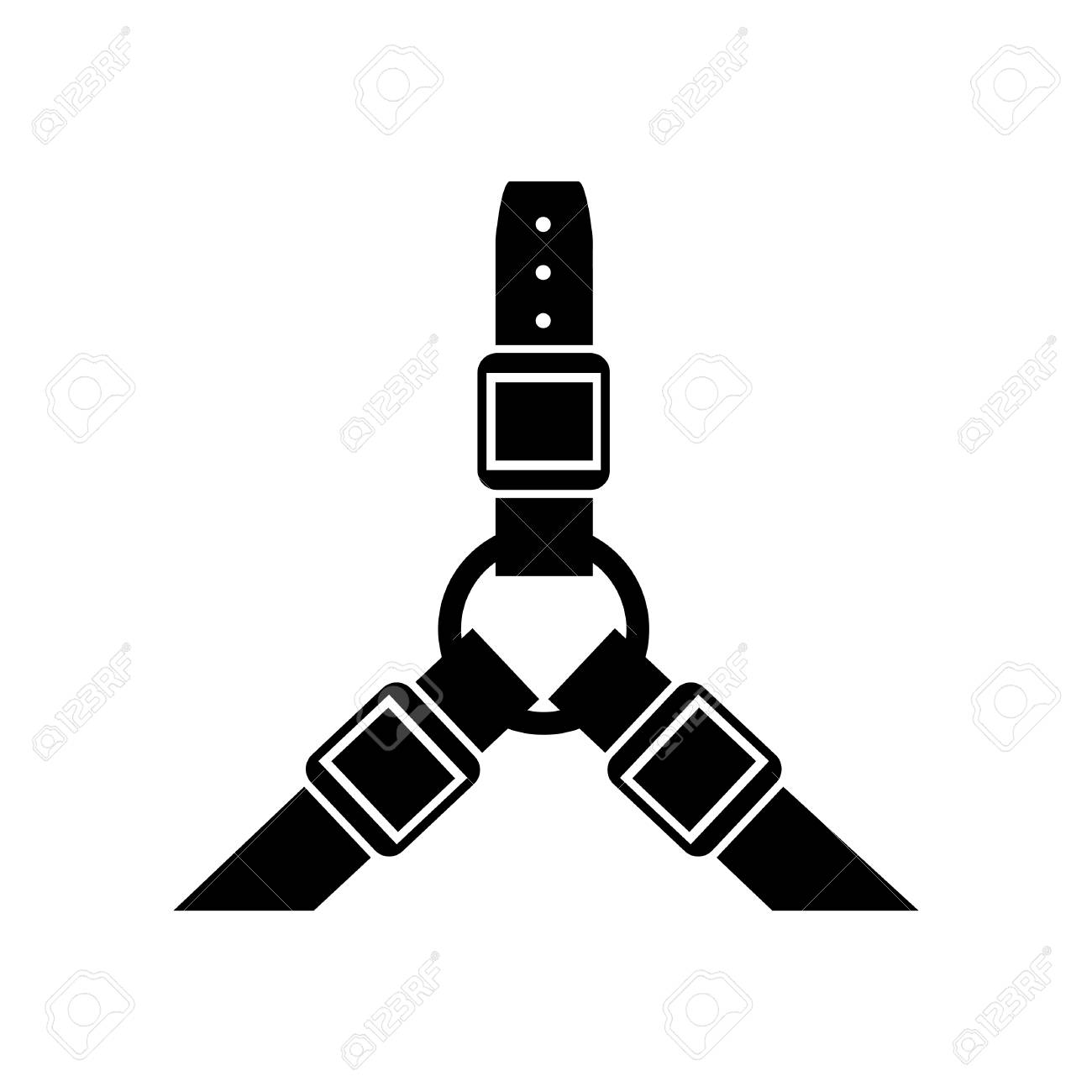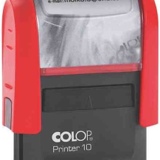Title Page
-
Site conducted
-
Harness and Lanyard inspection guidelines.
-
Grasp the webbing with your hands and bend the webbing checking both sides. This creates surface tension making damaged fibres easier to see. Webbing damage may not show up through just a visual check it’s important to manually touch the harness as well.
-
Visual and touch inspection.
-
Fail criteria X
-
X Cuts, nicks or tears
X Broken fibers/cracks
X Overall Deterioration
X Modification by user
X Fraying/abrasions
X Discoloration of materials
X Excessive hardness or brittleness indicates heat or UV damage
X Hard or shiny spots indicate heat damage
X Webbing thickness and even indicate a possible fall
X Missing straps
X Undue stretching in indicates possible fall
X Burnt, chard or melted fibers indicate heat damage
X Pulled stitches
X Stitching that is missing -
Tagging system
-
Every harness must have a legible tag identifying the harness, model, date of manufacture, name of manufacturer, limitations and warnings.
Check the tag for date of manufacturer and remove from service if passed adopted service life policy, if the tagging system is missing or not legible remove harness from service. -
Cleaning and storage
-
Wipe off all Surface dirt with a sponge damp and in plain water. Squeeze the sponge dry. Dip with the sponge in my old solution of water and mild detergent. Work up a thick leather, with a vigourous back and forth motion. Then wipe dry with a clean cloth surface dirt with a sponge dump and in plain water. Squeeze the sponge dry. Dip the sponge in mild solution of water and mild detergent. Work up a thick ladder, with a vigourous back and forth motion. Then wipe dry with a clean cotton cloth. Hang freely to dry, but away from excessive heat, steam or long periods of sunlight.
Storage areas must be clean, dry and free of exposure to fumes, heat, direct ultraviolet light, sunlight and corrosive elements.
The Sign out
-
Description and or Kit Number
-
Sign out date
-
Pass of Fail the Inspection Guidelines
-
Sign out and inspect each part of the kit before every use and back in after use.
-
Comments
-
Sign back in date
-
Name and sign















